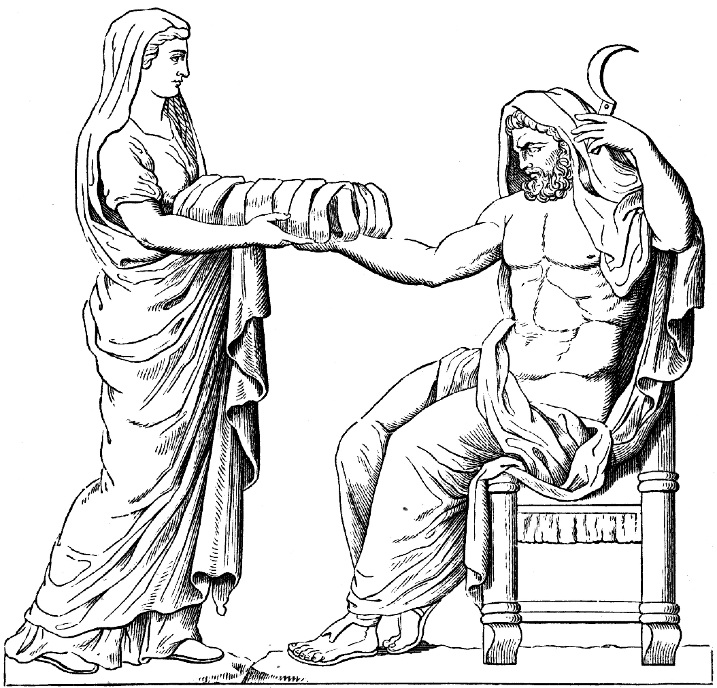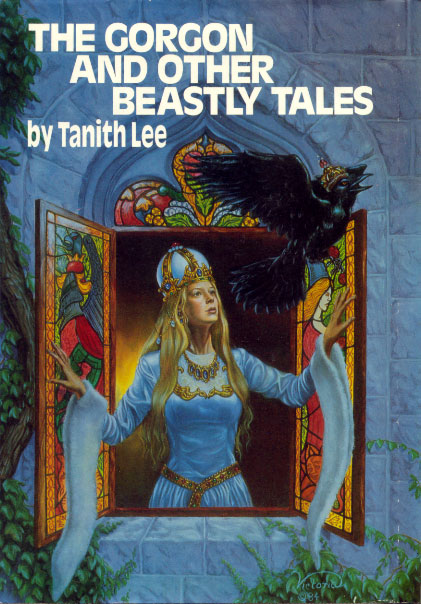First appeared in Robert A. W. Lowndes's Science Fiction Quarterly. Reprinted in several major retrospectives by Frederik Pohl, Brian W. Aldiss, G. D. Doherty, Robert Silverberg, Patricia S. Warrick, Martin H. Greenberg, Joseph D. Olander, Isaac Asimov, and James Gunn.
Summary:
Garrard travels around the speed of light to reach Alpha Centauri. However, instead of experiencing the same relativistic time as his ship, his own time passes about two hours for every second on the ship. Movement is impossible. He projects himself to be a corpse by the time the ship returns to Earth. Just when he reconciles himself to his fate, something potentially worse occurs.
Discussion:
Time speeds up for him compared to the ship's, clocks whirring by. He ends up at Alpha Centauri and understands their strange way of speaking... until he returns to Earth. Garrard desires to return, but they cannot for fear of what the Centaurians might have done.
Apparently, Blish wrote this tale based on the above cover illustration. Controversially, Damon Knight in Mirror of Infinity had a theory that Garrard was a sperm traversing space and time. Blish said he unconsciously thought of the planets as testicles and yellow string between them as the vas deferens. Knight and Blish came up with substantiating data, using puns and language to point up the exegesis. Knight even said that the travel is reversed because "You can't go back again."
Robert Silverberg is dubious of the interpretation as it did not explain the astronaut's experience. I am similarly dubious since the gamete trajectory is generally a one-way trip, not a round trip with a desire to return.
A more complete interpretation might be encountering another culture. The language and custom barrier might steep, if not impossible (slowing time) until one suddenly begins to understand. That understanding is not always easily translated after one returns home. However, most cultural encounters, while pleasant, aren't often about love. On the other hand, people do tend to find other cultures exotic and find themselves attracted to people of other cultures.
Two phrases emphasized by the text, which would seem important to include in any interpretation would be: "Don't move." and "Common Time." The former might be a reliable cautionary approach to encountering a new culture: Let the natives show you what the new rules are.
The latter phrase is more difficult. Common time refers to Gerrard's desire to share his ship's time as his own, but he keeps running ahead or behind it. Different cultures do have alternate expectations for how their spend time, such as the Latino penchant for flexible arrival times.
Blish's SF trope--relativistic time--seems problematic since Gerrard is carried at the same rate of speed as his rocket. But perhaps they might lag slightly as the rocket must accelerate and decelerate its occupants (just as you experience acceleration when you turn a corner and your velocity lags behind the car's). It might be worth throwing at physics students to chew on.






